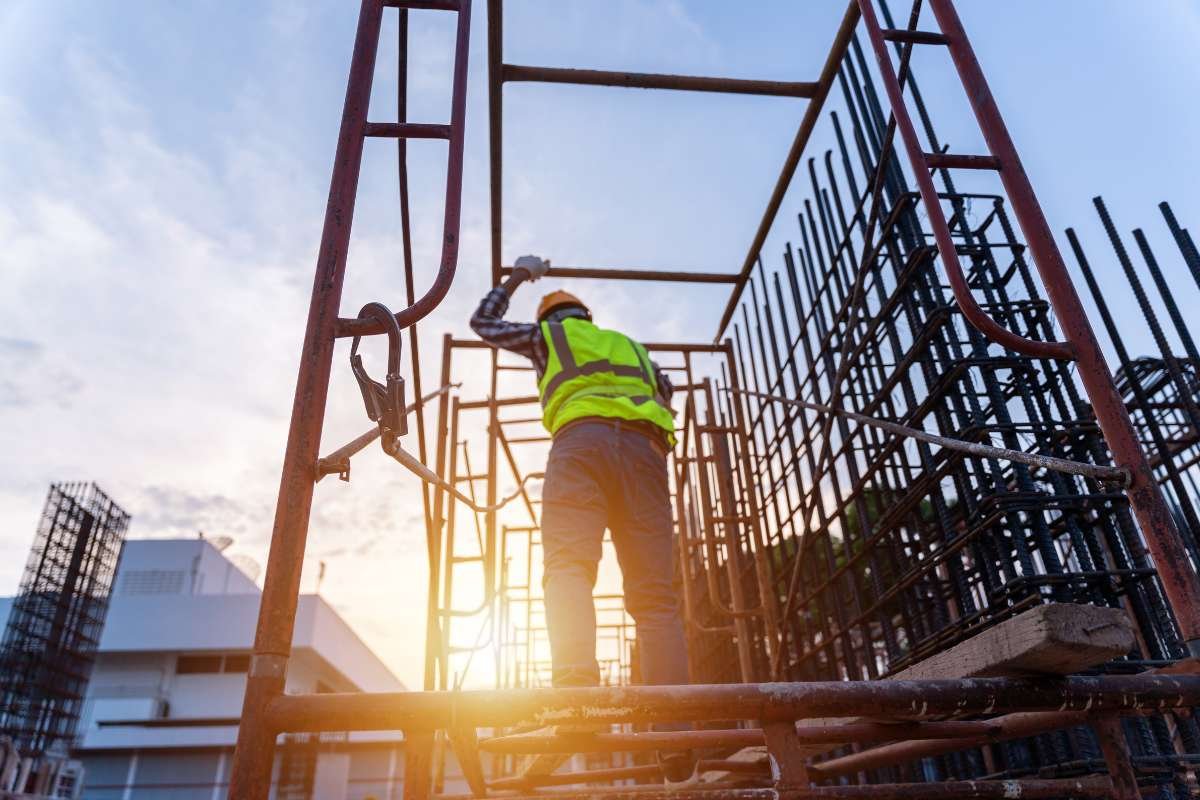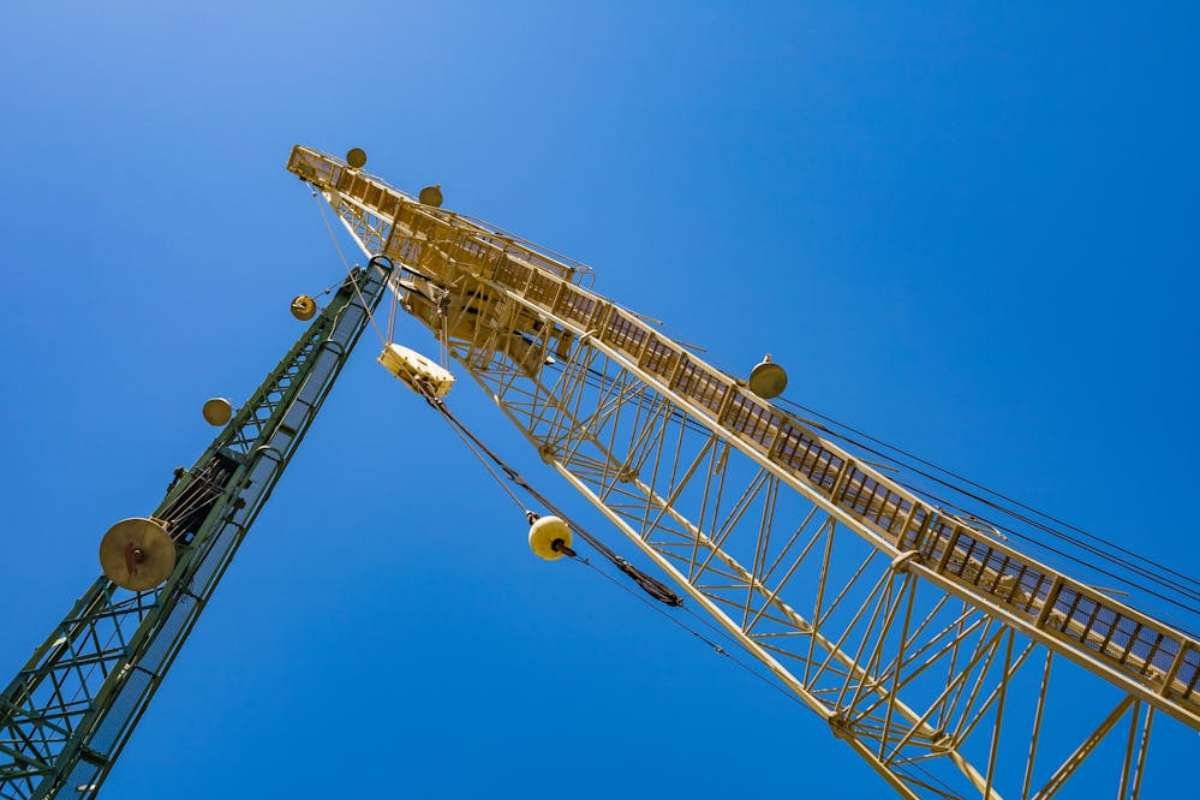In many businesses, employees need to work at height. This is particularly the case in the construction sector, and in maintenance work.
But, of course, these sorts of operations inevitably lead to danger. Working at height increases the risk of injury substantially, which isn’t something businesses want (obviously).
This post looks at some of the dangers and then provides solutions on what to do about them when you have staff working at height.
Falls
The number one risk, of course, is falls. Many workers get injured from these events every year, leading to injury, and sometimes death. The brand reputational damage of these incidents can be severe.
The best way to prevent falls is through installing fall protection systems. These reduce the chances of damaging falls substantially.
Ensuring stable work surfaces is another consideration. The more stable they are, the less likely workers are to lose their balance and topple over.
Things like scissor lift training is also useful. Staff should understand how to use this equipment and make it work for them.
Falling Objects
Falling objects are another risk of working at height. Workers can drop things which pose a serious risk to people down on the ground.
For example, imagine a hammer falling at speed from a 20-storey building. The amount of damage it could cause to someone walking below is enormous.
Fortunately, falling objects is a simple problem to solve if you follow most regulations. Most construction firms and contractors start with toeboards and screens. These reduce the fall speed of objects and help to keep them contained on the building site.
Then there is the implementation of lanyards you could try for tools. Even if workers lose their grip, they still won’t fall to earth down multiple floors.
Finally, you could try to implement exclusion zones beneath work areas. These prevent anyone from accessing parts of a site they shouldn’t and keeps them out of the danger zone.
Equipment Failure

Equipment failure is another issue that can occur when working at height. Things like ladders and scaffolds can literally collapse. Harnesses can also fail, leading to accidents.
In these situations, it is critical to conduct regular equipment inspections. You want to ensure that it is free from damage and defects, and capable of being deployed on building sites. If there are problems, these could become worse with wear and eventually fail.
You also want to check you’re using certified equipment only. It should meet all industry standards and be rated for the intended use.
Inadequate Training
Finally, inadequate training is another risk of working at heights. Employees who don’t understand their responsibilities can become a menace.
As such, you want to ensure that you’re providing them with regular, comprehensive training. This should be hands-on and cover things like equipment and hazard recognition.
Refresher courses are also highly advised. These keep workers committed to best practices and train them to only think in safe ways that reduce the risk of falls or other injuries on the job site.








